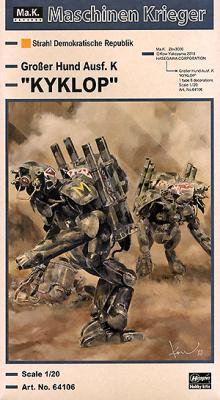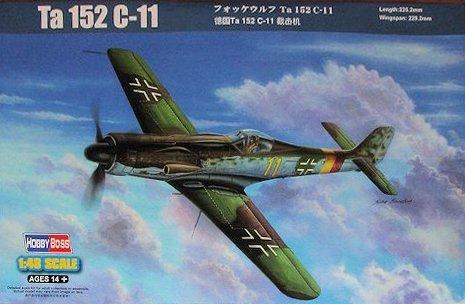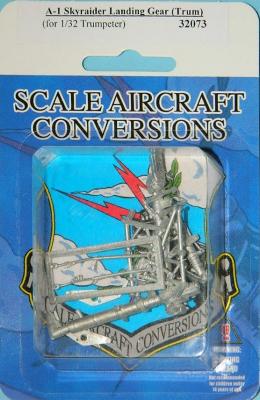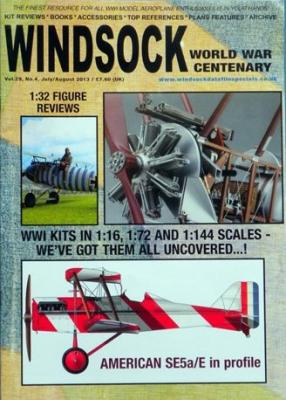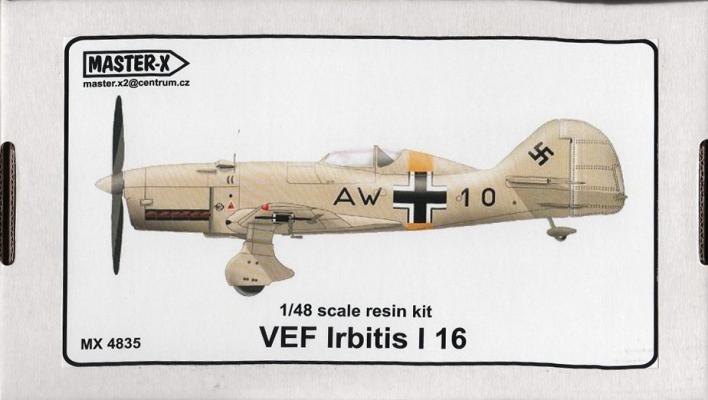As a bit of background, and from Wikipedia, the Maschinen Krieger universe is a science fiction universe created by Japanese artist and sculptor Kow Yokoyama in the 1980s. The franchise originally began as the science fiction series SF3D which ran as monthly installments in the Japanese hobby magazine Hobby Japan from 1982 to 1985. To develop the storyline, Kow Yokoyama collaborated with Hiroshi Ichimura as story editor and Kunitaka Imai as graphic designer. The three creators drew visual inspiration from their combined interest in World War I and World War II armor and aircraft, the American space program, and films such as Star Wars, Blade Runner, and The Road Warrior. Inspired by the ILM model builders who worked on Star Wars, Yokoyama built the original models from numerous kits including armor, aircraft, and automobiles.
Welcome to the IPMS/USA Reviews site!
Introduction: The primary organization of the IPMS/USA Review website is by IPMS/USA National Contest Class. Within each Class there are sub-menus by kits, decals, books, etc. The Miscellaneous Class is for items that are not class specific or that cross two or more classes.
IPMS/USA Members: We encourage you to submit reviews, both here and to the Journal. To volunteer for membership in the IPMS/USA "Reviewers Corps" and submit your own reviews, please read the Guidelines For Submitting Product Reviews.
Manufacturers, publishers, and other industry members: IPMS/USA is pleased to offer your company the opportunity for product reviews. All product reviews are performed by IPMS/USA members, and are posted in the publicly-accessible section of our website. With very few exceptions, we perform full build reviews of new kit releases, aftermarket products, and supplies. If you would care to provide product samples for review, please contact John Noack, IPMS/USA 1st VP.
To learn more about IPMS/USA, please see our About Us page.
The Ta-152 was the last upgrade to the Fw-190 series designed by Kurt Tank. The H versions were designed for high altitude interceptors while the C versions were designed for lower altitude jobs. None were produced or employed operationally in sufficient numbers, so this is a Luftwaffe ‘46 project. Hobby Boss continues their Fw-190/Ta-152 releases with this C-11 version.
This kit consists of seven gray sprues, a clear sprue, a small PE fret, and decals for one plane, Yellow 11. The sprues are excellent – no flash, great panel lines, and the clear parts are very thin and clear.
Construction is straightforward and starts with the cockpit. The PE fret replaces the rudder pedals, and there is also the needed seatbelts already included. Decals are included for the instrument panel and the side panels. The cockpit looks great all painted and weathered.
Thanks again to Ross at SAC for providing IPMS USA this review set. As usual, we are more than grateful for your support. And thanks to IPMS USA for providing it to me.
This set is one which fits a real need for a kit upgrade. First, the Trumpeter Skyraider is an excellent kit for an early SPAD…the requirement to remove the later-in-life” armor plating on the external forward skin is not there, so if it is an early blue Skyraider you want to build, here’ s your starting point.
The one thing that needs to be replaced in this otherwise excellent, well-fitting kit is the main landing gear. Some odd shortcuts have been used, and the SAC gear addresses those. As you can see, the follow-up struts on the upper portion of the gear are molded as a solid item on the kit gear. SAC corrects this by providing separate A-frame items and retraction cylinders for the main gear. Take your time, pull out your references, and build on.
The July/August 2013 edition of Windsock Worldwide is the fourth issue of Volume 29, and the multiple images on the colorful cover foretell three of the features in this issue. A photo of a pilot astride an Albatros D.Va suggest this issue’s ongoing coverage of 1/32 scale WWI figures. A close-up photo of a bare bones Camel promotes a preview of the new 1/16 scale Hasegawa kit, and a colorful SE5a/E side profile is a sample of one of this issues’ main features. Also of note is the cover masthead declaration that this edition begins the recognition of next year’s World War One Centenary. It all sets the stage for another excellent edition of Windsock Worldwide.
Upon opening the box, one is greeted with a simple resin kit of an aircraft so obscure that even though I pride myself on my knowledge of WWII aircraft and have built over 100 resin kits of many obscure aircraft, I even had to look this one up!
The Irbitis I-16 was an indigenous fighter design from Latvia. The aircraft was small, approximately 24 feet in length with a wingspan of 26 feet 11 inches and a height of 8 feet 2 ¼ inches. Maximum speed was estimated at 298mph. It was to be armed with two Browning machine guns in the fuselage and two in the wings. The aircraft was test flown in Latvia during the spring of 1940. Shortly thereafter, in the summer of 1940 the Soviets occupied Latvia and further development was stopped until early 1941. Then, in the summer of 1941, the Nazis invaded and took over Latvia. Under the Germans, development continued and when the aircraft was completed it was claimed by the Luftwaffe and from there it disappears into the mists of time.











